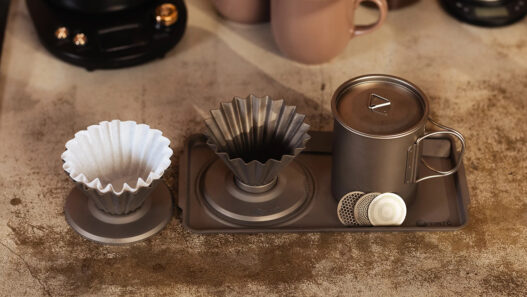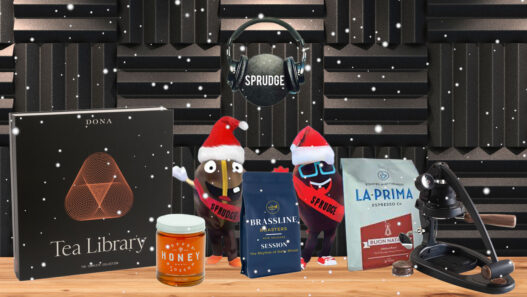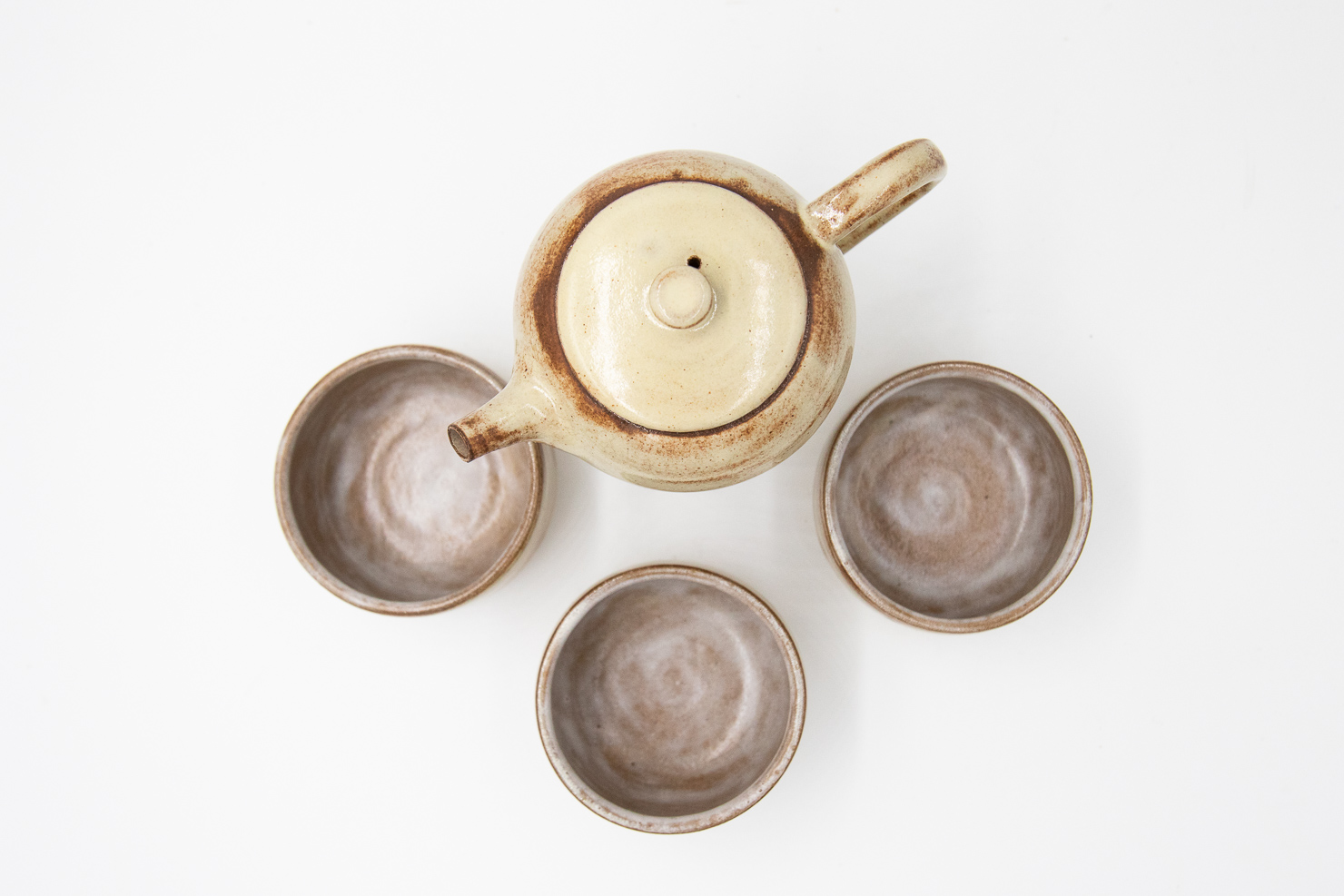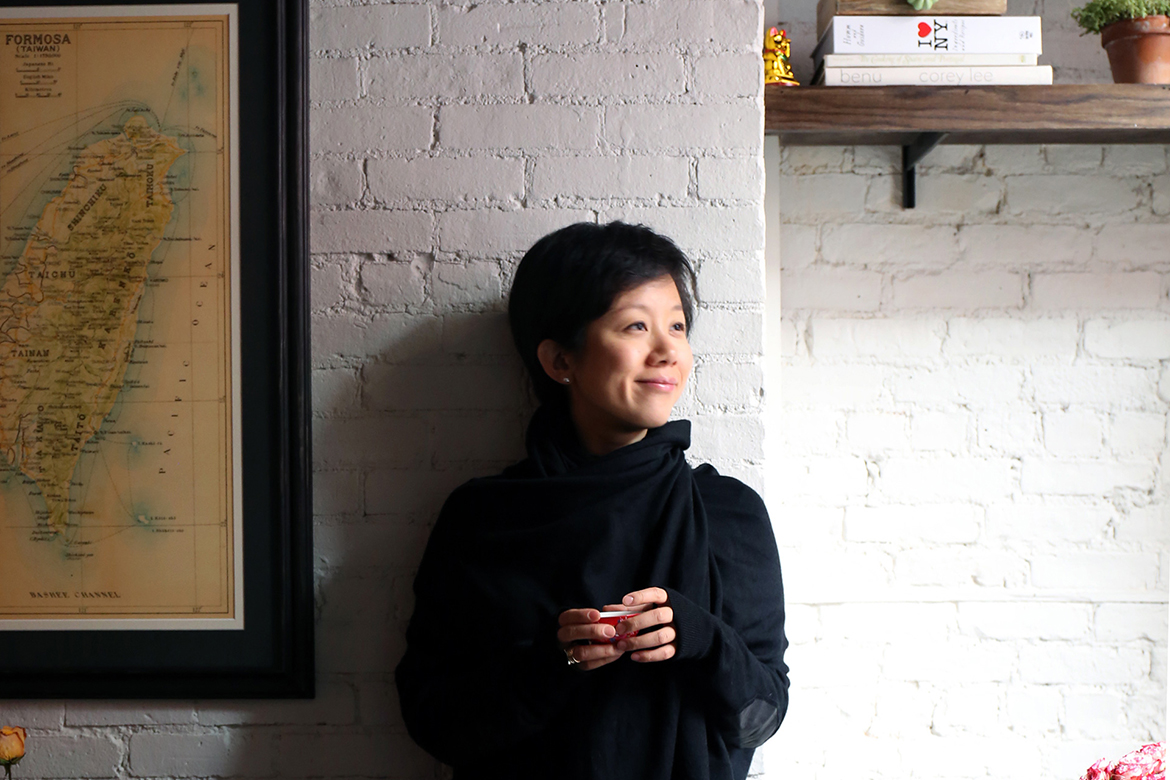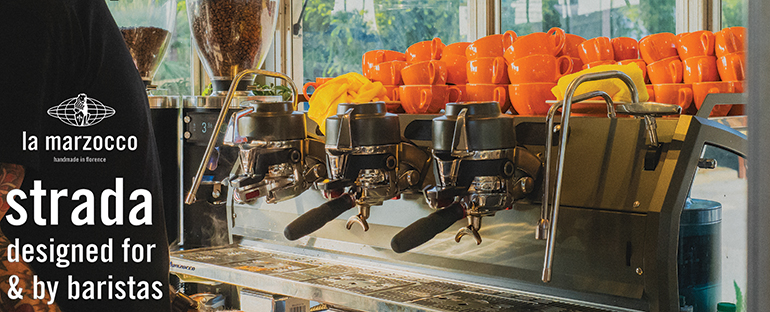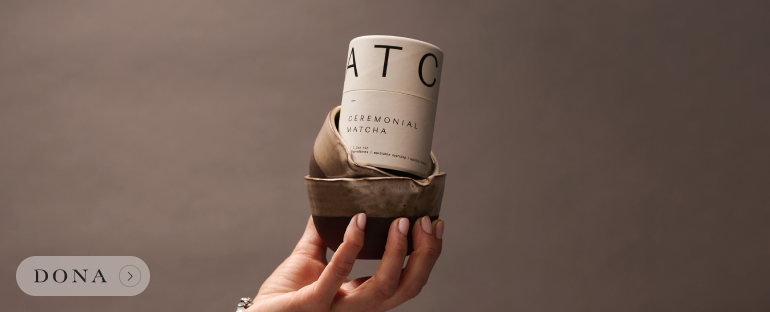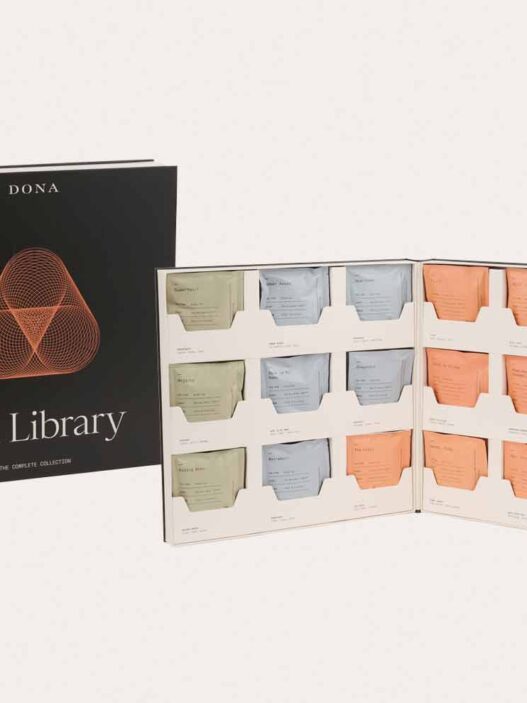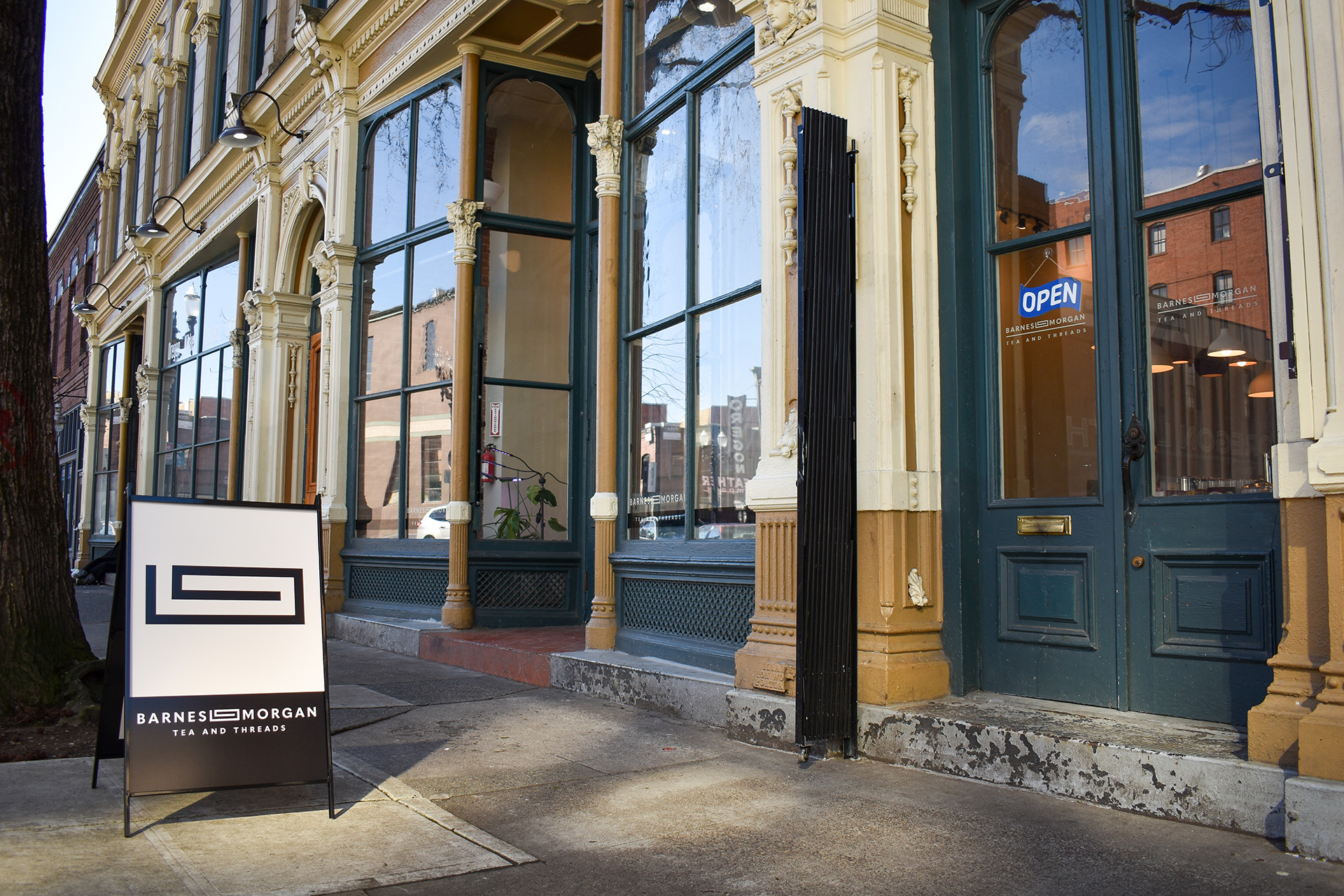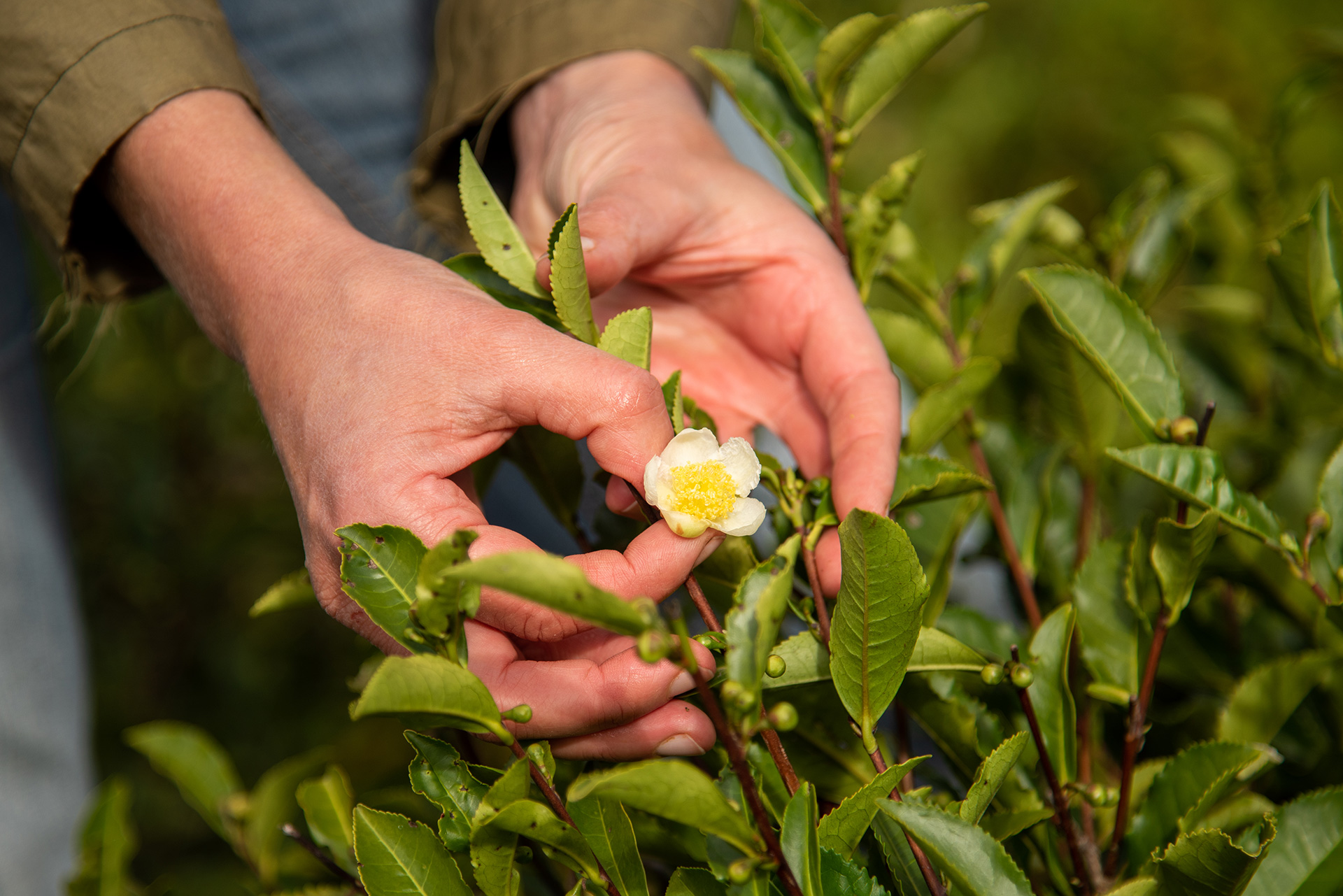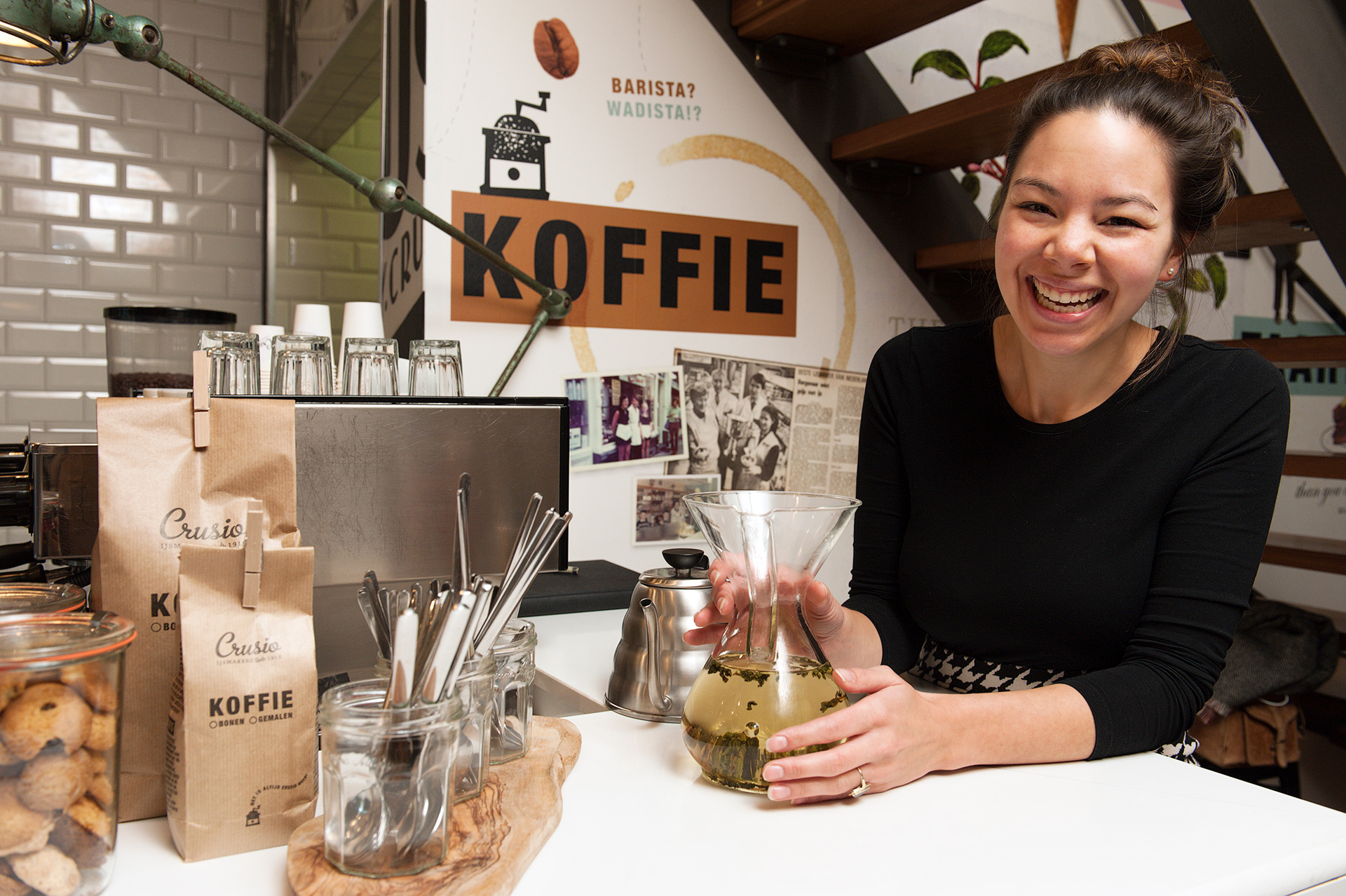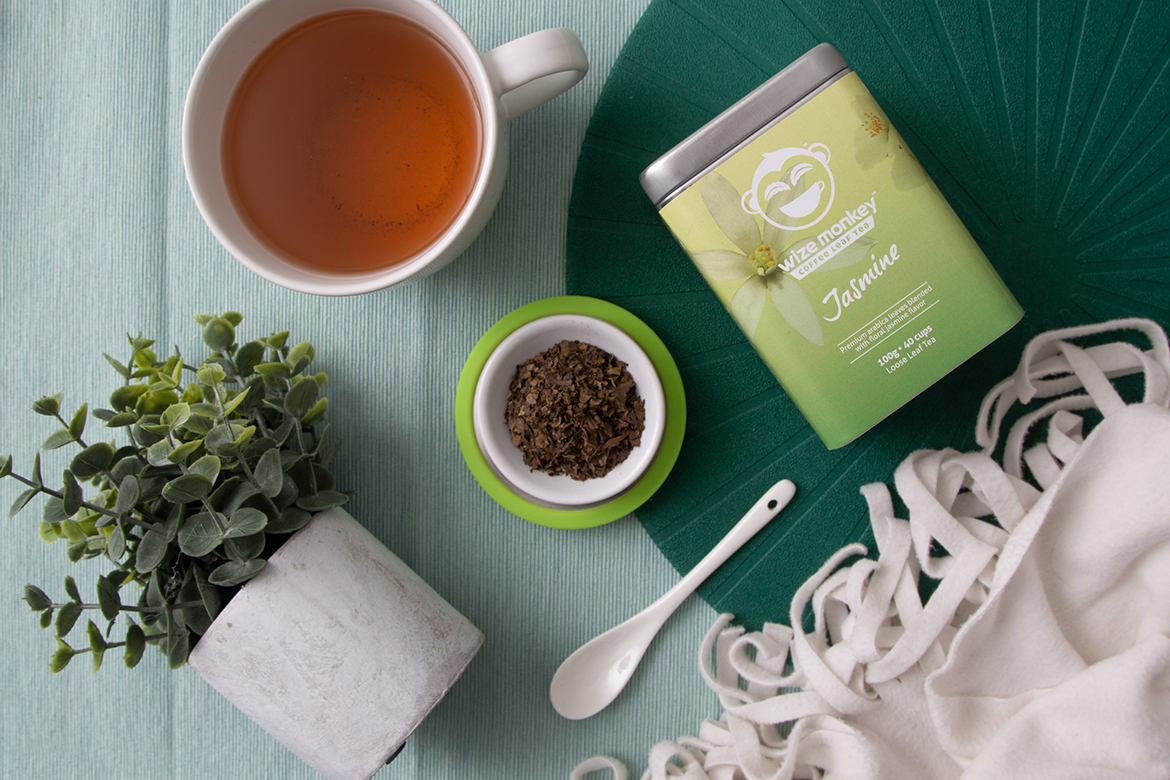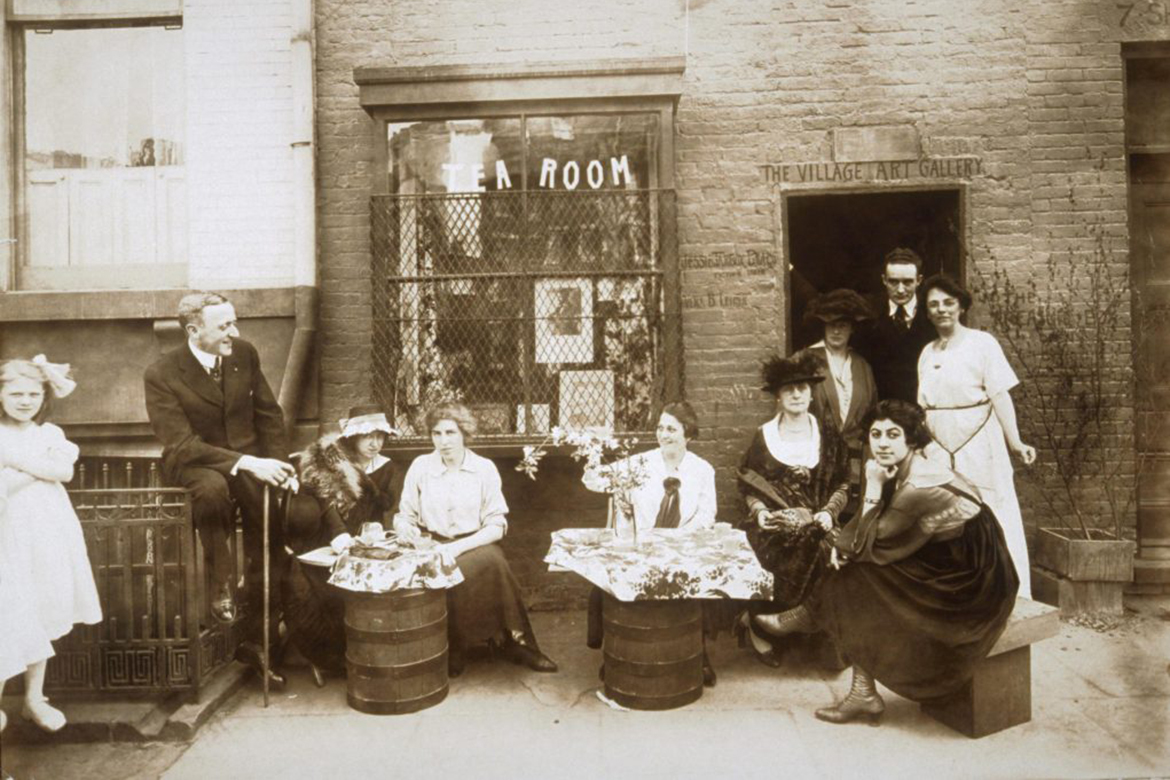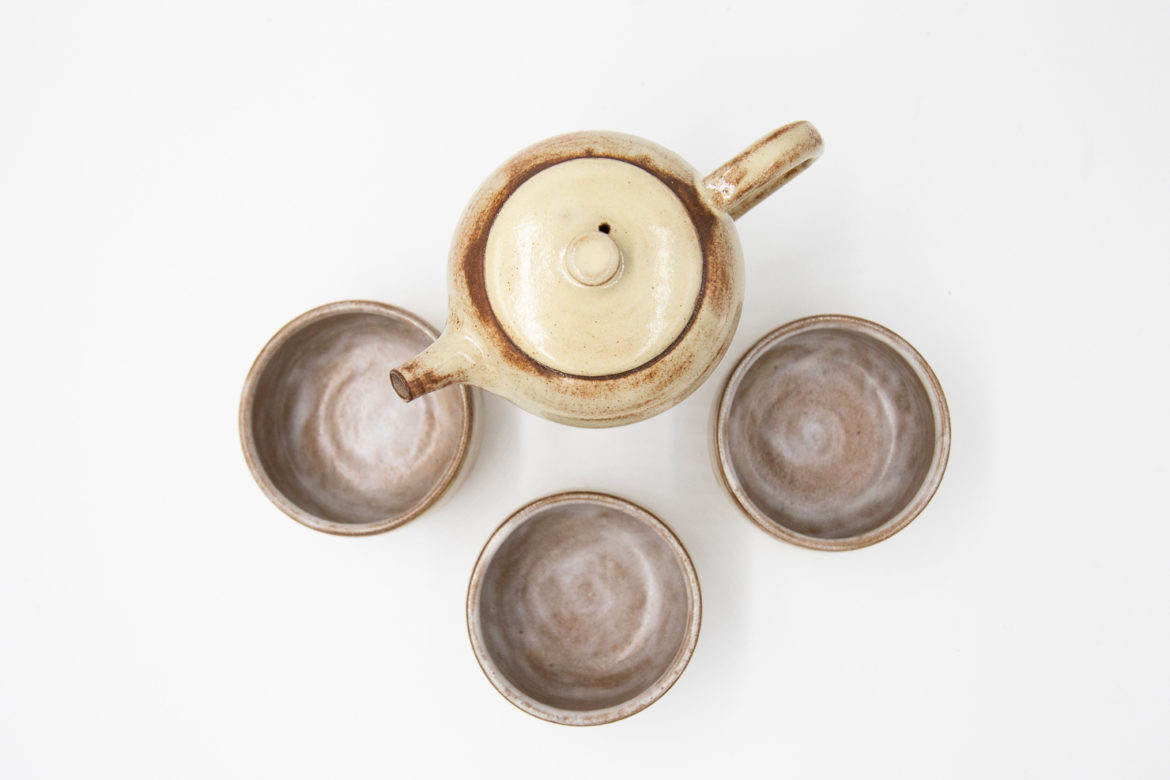
I hesitated in writing this guide. The world of teaware is vast and intimidating, and can be a money pit of fakes and forgeries. It is also where so much of the joy in loving tea can be derived. Ultimately our team felt Tea Week would be incomplete without some sort of feature on teaware. My very best attempt at this here in 2019 is what follows.
For coffee lovers, you might think of teaware as like the espresso machine of the tea world. To casual drinkers or the untrained eye, it just looks like a nice object that makes the thing you drink—and nothing more. But for those who obsess it can become an endless quest of sourcing and seeking, of pride and cost. A life’s pursuit, even. There is no small amount of money to be spent at the top end of teaware buying—may I call your attention to the infamous Chengua-era “chicken cup,” which sold for $35 million at Sotheby’s in 2014. For our purposes this guide caps objects at the $500 range, with prices average considerably less for most of the offerings.
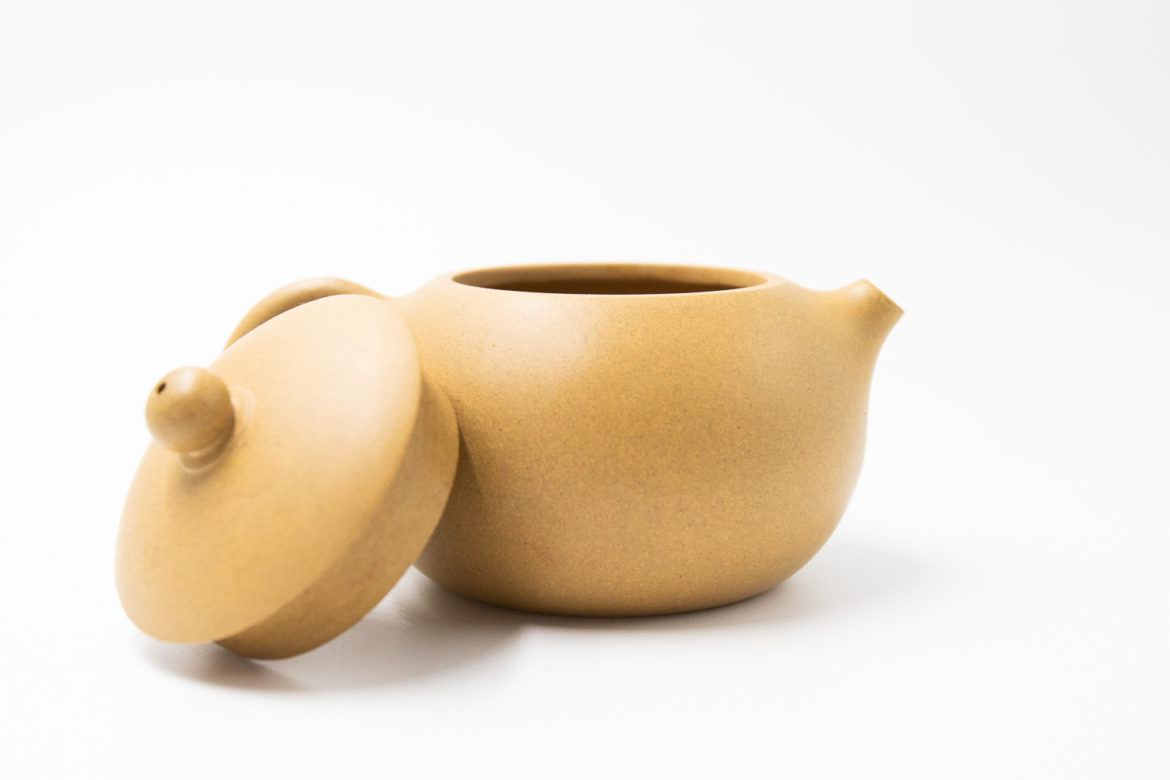
Note that this guide only barely touches on the world of Yixing, the traditional tea pottery of Jiangsu, made using porous clay in a style dating back to the 10th century. This is its own whole world, a vast guide I don’t feel prepared to lead at this time—perhaps in a few more years.
For now, these wholesalers and makers are more than enough to get you started and find new favorites. The guide below is hopelessly biased towards my own personal taste but hey—teaware is supposed to be personal. That’s part of the fun, and it’s something I hope you are inspired to explore further with support from this guide
A Solid Foundation
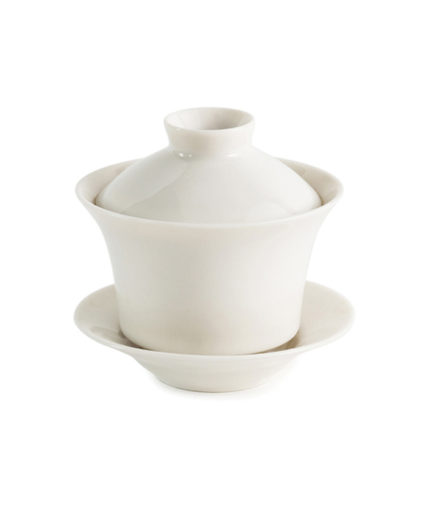
Rishi Tea
Rishi is a truly solid place to get started with home teawares, offering for example this workhorse starter gaiwan for $12, and this cute little basic tea tray for $25. They’ve also got a lovely collection of flex items, like this stunning blue studio-made celadon “fairness pitcher” from Taiwan, or this rustic clay and mineral cup. Rishi ships free domestic at $25, which is plenty to get started making gong fu cha—pair that $12 gaiwan with, say, a couple of oolong samples (we like Rishi’s Iron Goddess of Mercy and Phoenix Dancong) and you are off to the races.
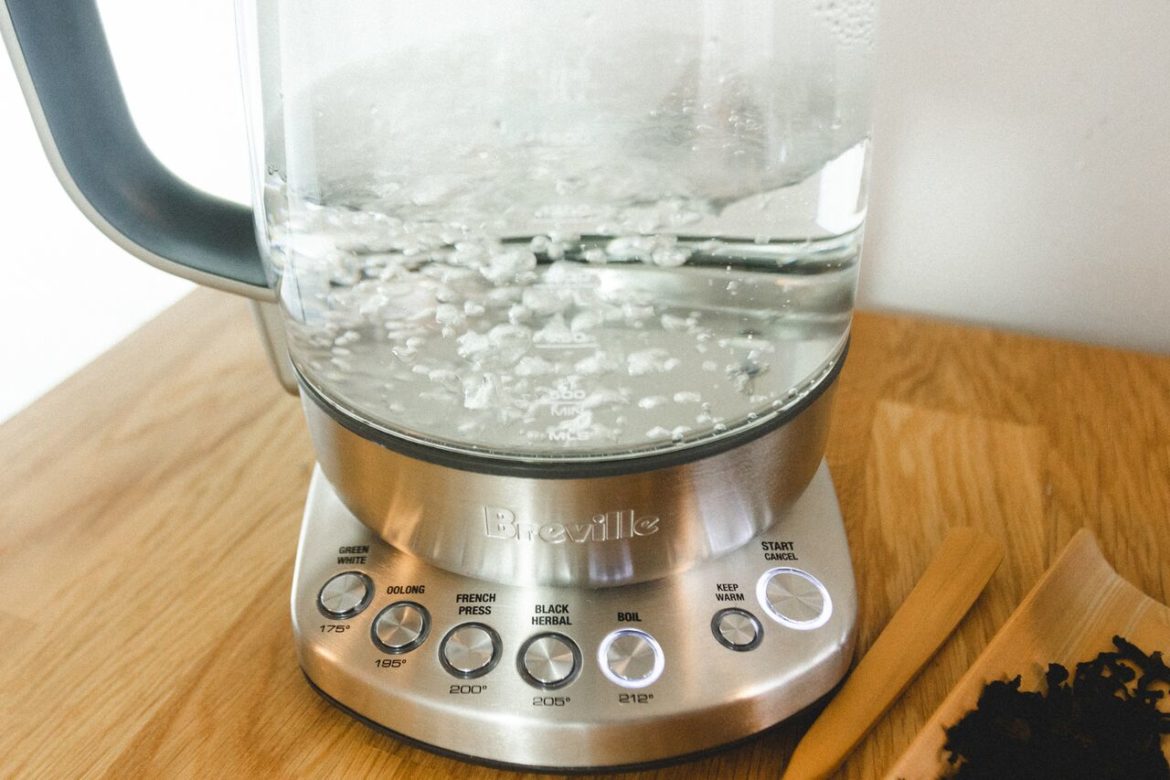
Breville
Breville is the presenting sponsor of Tea Week on Sprudge—for which we thank them!—but they also produce a range of tea-focused hot water boilers and teamakers we have no lie legit been happily using in Sprudge Studios for the last few years, long before this content package was a twinkle in the editorial eye. The Breville Tea Maker Compact‘s tech allows you to set up brew parameters for whatever kind of tea you’re into; the machine’s automated basket then plunges your brew into water heated to your temp of choice. When the cycle is done, the basket lifts out of the water, ensuring you won’t oversteep. I’d liken this machine to something like a nice home batch brewer, a simplifier that’s perfect for tea making on a busy morning or for large groups (for which the classic Tea Maker is a bigger, better fit).
Another option is the Breville Smart Tea Infuser, which we especially dig these Tea Makers for their handiness with single-steep tisanes, like those from Smith Tea, Song Tea, and Tea Dealers featured in our tisane spotlight. We also really like their IQ Kettle Pure (pictured above) for heating water consistently and at scale—you can transfer from there into a ceramic kettle for service, or pour directly from the Breville IQ.
If you are looking for a fusion of tea, taste and tech, this is the gear for you.
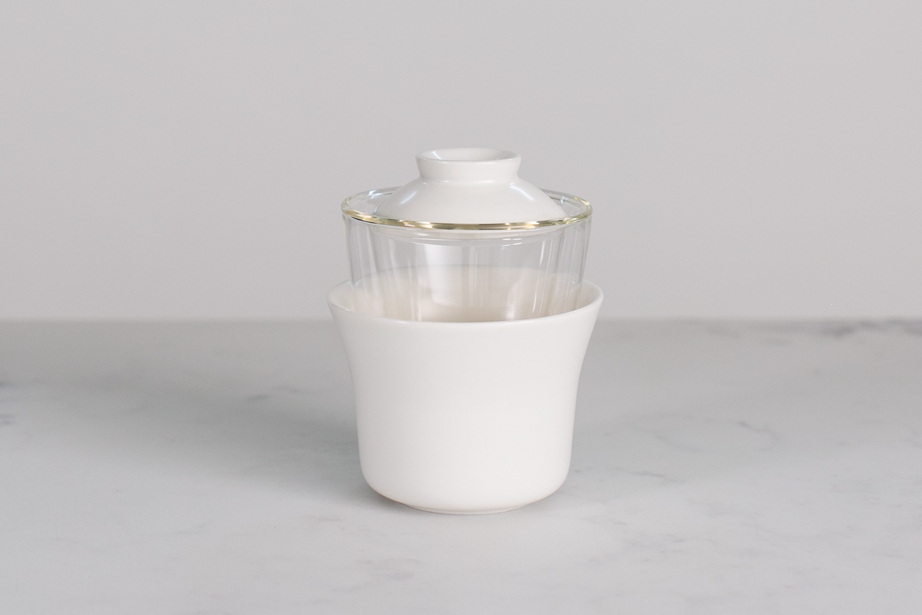
Manual Tea Maker No1
Chicago tinkerer Creighton Barman puts out new stuff each year, typically pre-funded on Kickstarter, but we’re still in love with this 2016 release, the Tea Maker No1, a modernist reinterpretation of the gaiwan built for ease of brewing. Double-walled glass is the hook here, which keeps the Tea Maker cool to the touch throughout the brewing process, and also gives you peek-a-boo viewing at all that beautiful steeping action. I think these gaiwans offer a rare degree of utility no matter where you are in terms of tea knowledge and experience—they are rad and very forgiving for beginners who are still mastering the whole gaiwan thing, but also fun for experts who want to incorporate western and modern influences into their teaware collection.
Let’s Geek Out
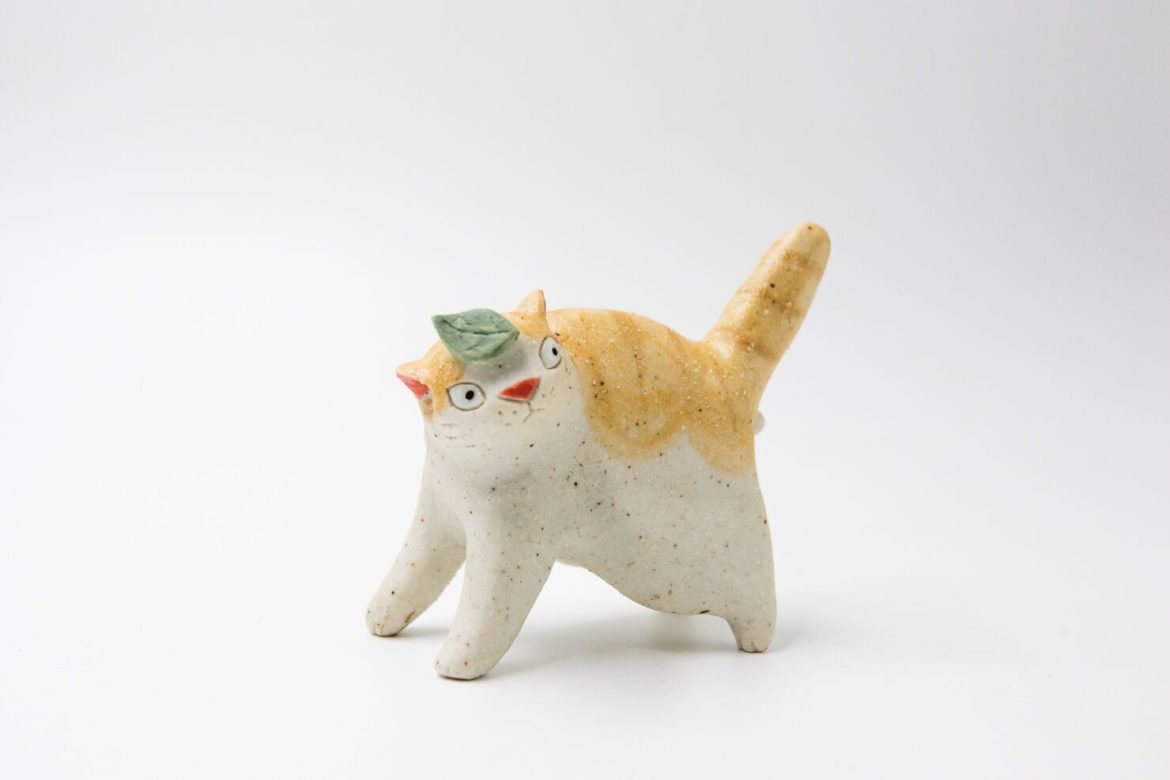
Bitterleaf
With full respect to Bitterleaf’s collection of teas for drinking (featured in our buying guide), the site’s assortment of teawares, tea tools, tea pets, and assorted Chinese tea ephemera is truly deep and excellent.
From beautiful little studio tea cups (starting around $8) to Chaozhou teapots in a range of classic styles (more like $80) to really cute hand-painted animal vessels ($35) to all manner of entry-level trays and supports (prices vary) and much more, there are hundreds of pieces of tea kit to shop from and swoon over at Bitterleaf. I especially like their selection of “tea pets,” little clay figurines typically depicting children or animals, incorporated into tea service as a symbol of good luck. You “feed” the tea pet with excess water or tea throughout the teamaking process, with the clay left to develop a lovely luster over repeat feedings. (It’s fun. Don’t @ me.)
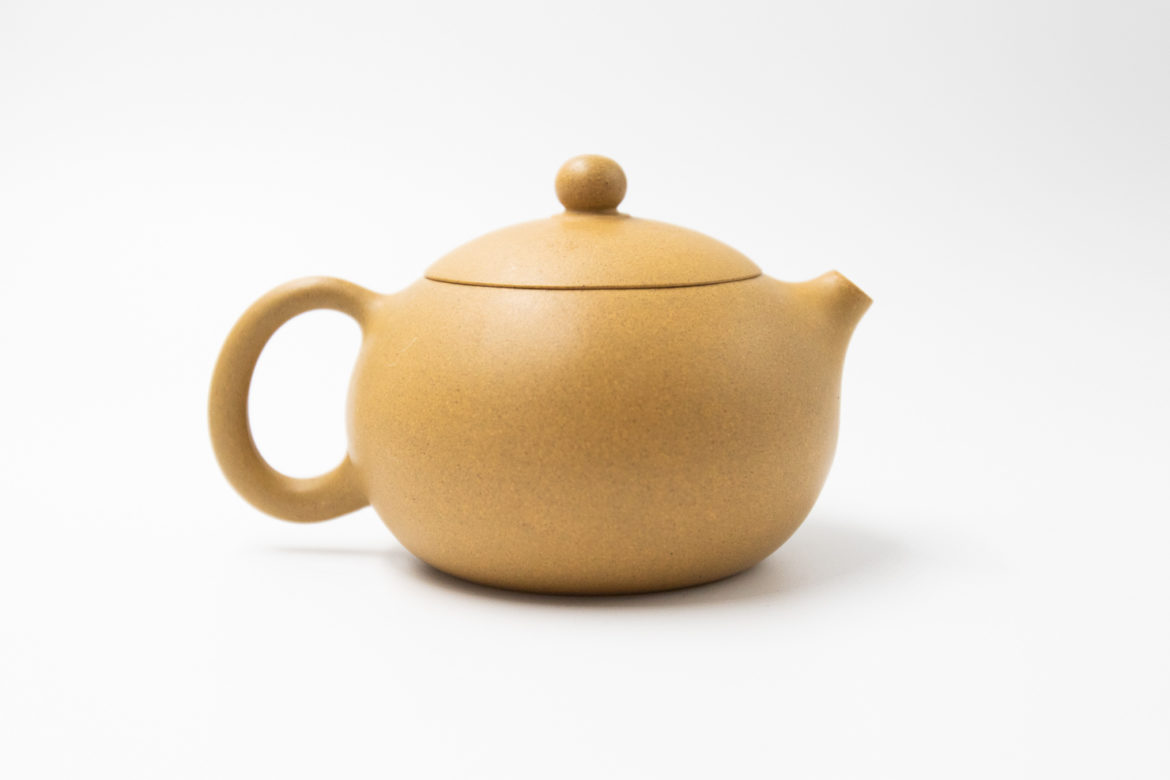
Song Tea
Song Tea are also featured in our tea buying guide for their literally life-changing (as in it changed my life) compendium of meticulously curated tea offerings. But the ceramics offered by Song are on another level. Founder Peter Luong has an eye for relatively young and emerging artists, making commissions across his travels to Taiwan. Works by artists like Zhang Yun Chen (Nantou), Qiu Qing Yun (Meinong), and Hu Tie Ha (Jiefen) evoke what’s possible at the blurred edge of collectible art and practical working pottery. I cannot realistically see myself being someone who collects art to hang on the wall, but the idea of owning this Husk #2 tea bowl by Zhang Yun Chen gives me heart palpitations. If you are, say, truly enjoying tea week and would like to, you know, say thank you as a grateful reader or whatever, please buy this for me. DMs are open.
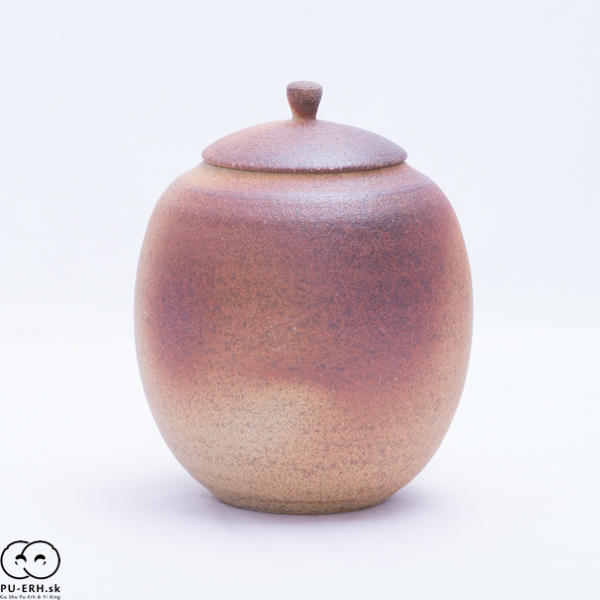
Pu-Erh.Sk
Based in Slovakia, Pu-Erh.sk is an online webshop shipping worldwide, focused on sheng and shou Pu’er teas from Yunnan. Their tea sourcing is concise and well-considered—the gushu heads love ‘em—but for me the site’s focus on Eastern European ceramicists and teaware artisans has been a revelation. Czech artists like Jiří Duchek and Jura Lang are building truly compelling, one-of-a-kind teawares that fuse traditional regional clays with far-flung design influences from the east and west. Pieces like this gorgeous Jura Lang shiboridashi (a kind of Japanese easy gaiwan) are handmade, wood-fired, visually stunning, and sure to grow in beauty over repeated use. For beginning collectors and enthusiasts to be able to get in the door with an artist-specific work like this at just €65 is really special. Elsewhere on the site, Swedish artist Stefan Andersson makes a range of gorgeous wares, while Norwegian brand Ad.Infinitum offers bespoke and vintage tea ceremony linens. All of these makers are brands with followings in their own right, collected by Pu-Erh.sk for easy ordering and global shipping.
Everybody’s taste is different, and a lot of tea ceramics collections start and end in Asia, with no deviation. But I really grok the vibe of this stuff coming out of Eastern Europe. To get in at the cutting edge of small maker European ceramics artistry, go here.
Ceramicists To Watch—And Collect
*A note: While I am personally passionate about ceramics and hopelessly biased towards its validity and urgency as an art form, I also think you—whomever you are reading this—might really dig works from the artists below. The idea of placing a commission with an individual artist might seem intimidating or overly expensive, but we’re not talking George Ohr here; works from these artists don’t typically cost more than $100 for a single piece of teaware, and more like $30-$50 for a handmade cup or set of cups. For less cost than a single dinner at a fancy restaurant you can own and put into daily use your own personal work from a talented artist. It will make your tea taste better, your kitchen look cuter, and who knows—in 50 years you might get a segment on the Antiques Roadshow.
Here are a few talented and emerging ceramicists to follow.
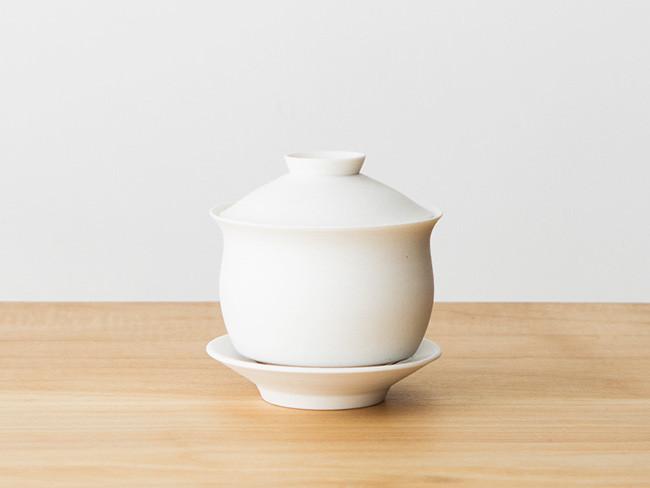
Lilith Rockett
Portland ceramicist Lilith Rockett works across a range of expressions for home pottery, including plates, lighting, vases, and abstract decorative objects. Her style—lustrous soft milky white porcelain, entirely handmade—translates well into tea, especially the stunning wheel-thrown porcelain gaiwan. A significant amount of tea consumed for the purposes of Tea Week on Sprudge was steeped in just such a piece. Rockett has a webshop, and also accepts limited commissions. You can find her work at some of the best restaurants in the United States, including The French Laundry (Napa), Smyth (Chicago), Saison (San Francisco), and Nodoguro (Portland).
Follow Lilith Rockett on Instagram.
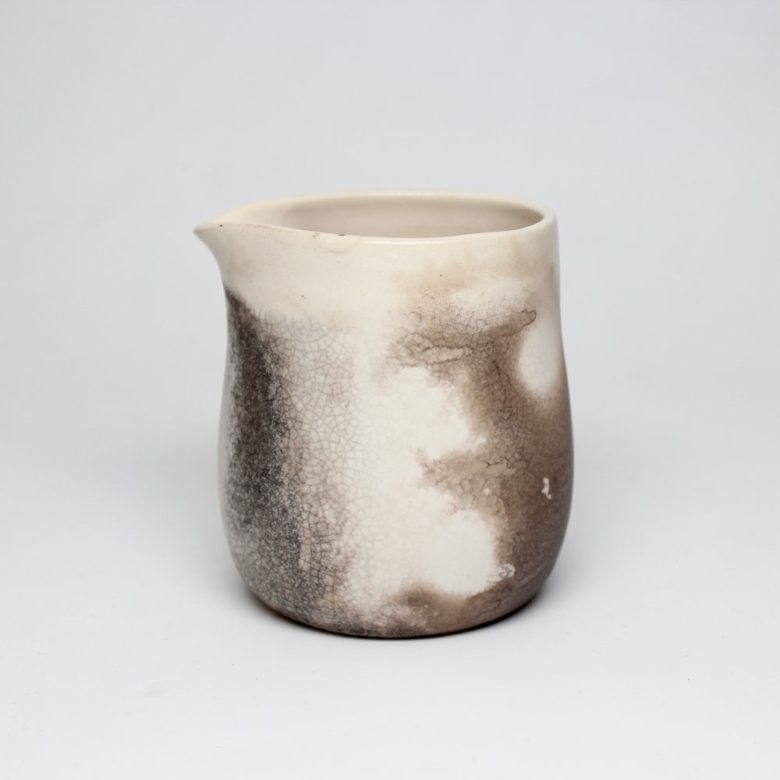
Carole Neilson
Buzzy San Francisco-based artist Carole Neilson fuses the rural pottery traditions of her native Alsace with an irresistible contemporary immediacy. Her eye-catching signature glazes evoke smoke fumes and clouds of dust, making for pottery with an earth-dappled glow. Neilson’s range of works include original sculpture pieces and stunning bowl and plate sets, but for tea (and coffee!) drinkers her small cups and pitchers make a lively addition to any collection. Neilson’s work is blowing up, with a growing list of stockists, gallery exhibitions at spaces like Hugomento, pop-up dinners around the country (including a recent dinner at Omaha’s Archetype Coffee), and a successful recent series of artist grants. She is truly an artist to watch. Neilson has a webshop and accepts limited commissions.
Follow Carole Neilson Ceramics on Instagram.
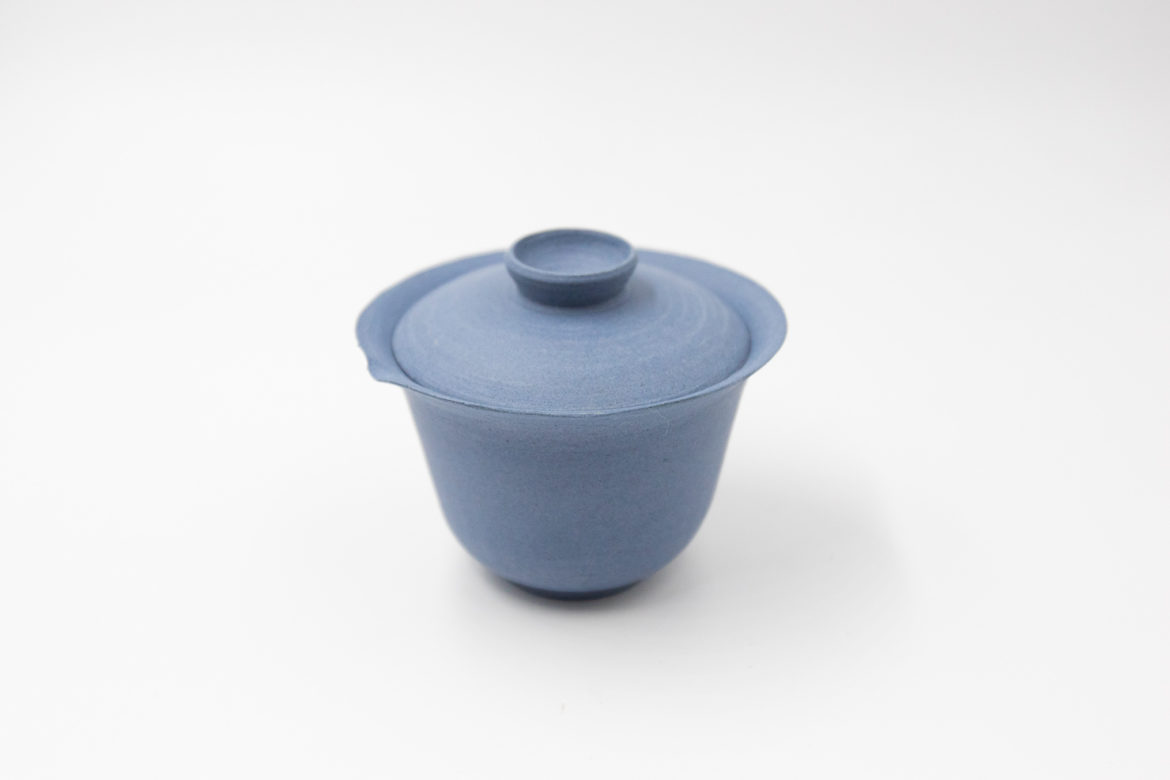
Qi Pottery
Kim Whyee Kee of Qi Pottery first learned his art behind bars. After serving time in the Singaporean corrections system for gang-related crimes, Kee graduated from an arts college, helped co-found a variety of initiatives working with at-risk youth, and launched Qi Pottery in 2016. His style echoes ancient tea traditions, but does so through a burst of heart-stopping colors that demand attention. Vivid pinks, deep blues, mesmerizing blacks, coral reds—Easter egg pastels that fuse the practical nature of teaware with the elegance of a home statement piece. But this is no gimmick maker—Qi Pottery’s mastery extends to more simple forms, like these beautiful rusted large format cups.
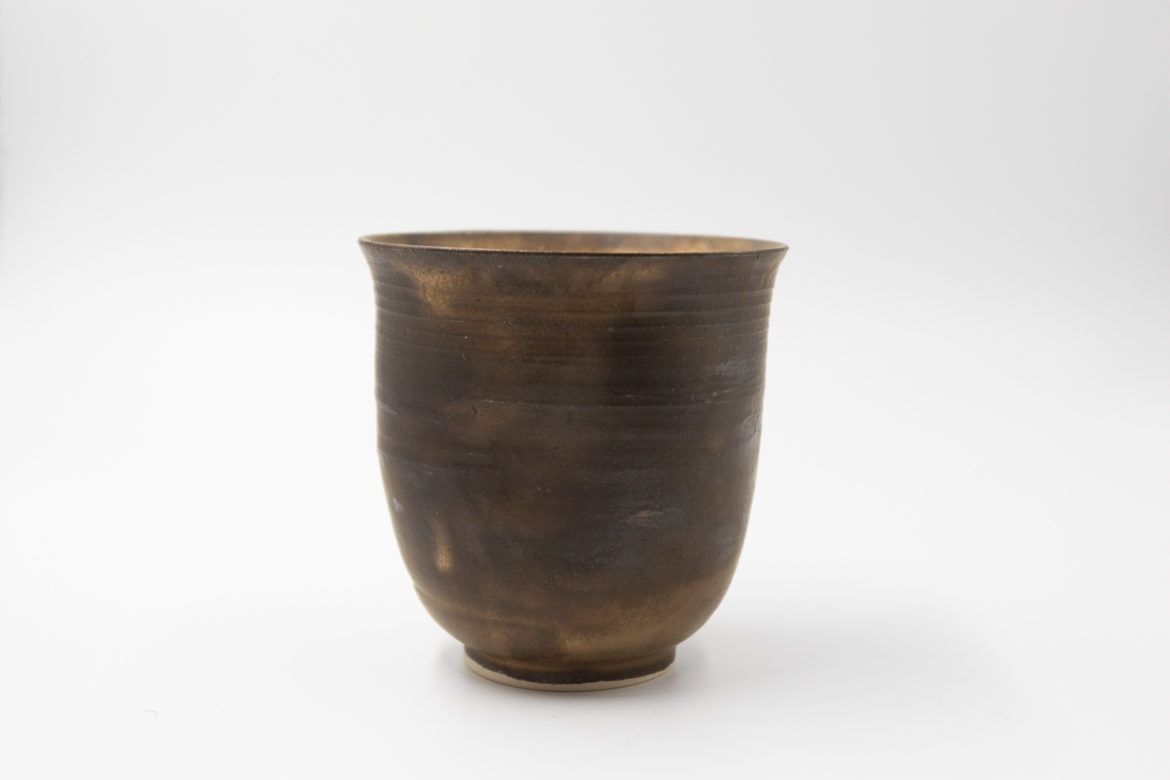
It’s simply some of the most beautiful ceramics work I’ve ever seen, and for an artist with just a few public showings so far, you can certainly expect these pieces to become more and more sought after and valuable over the years. Qi Pottery has a website, but no webstore. If you’re interested in purchasing an existing piece or making a commission, please contact the artist directly via email or Instagram.
Follow Kim Whye Kee of Qi Pottery on Instagram.
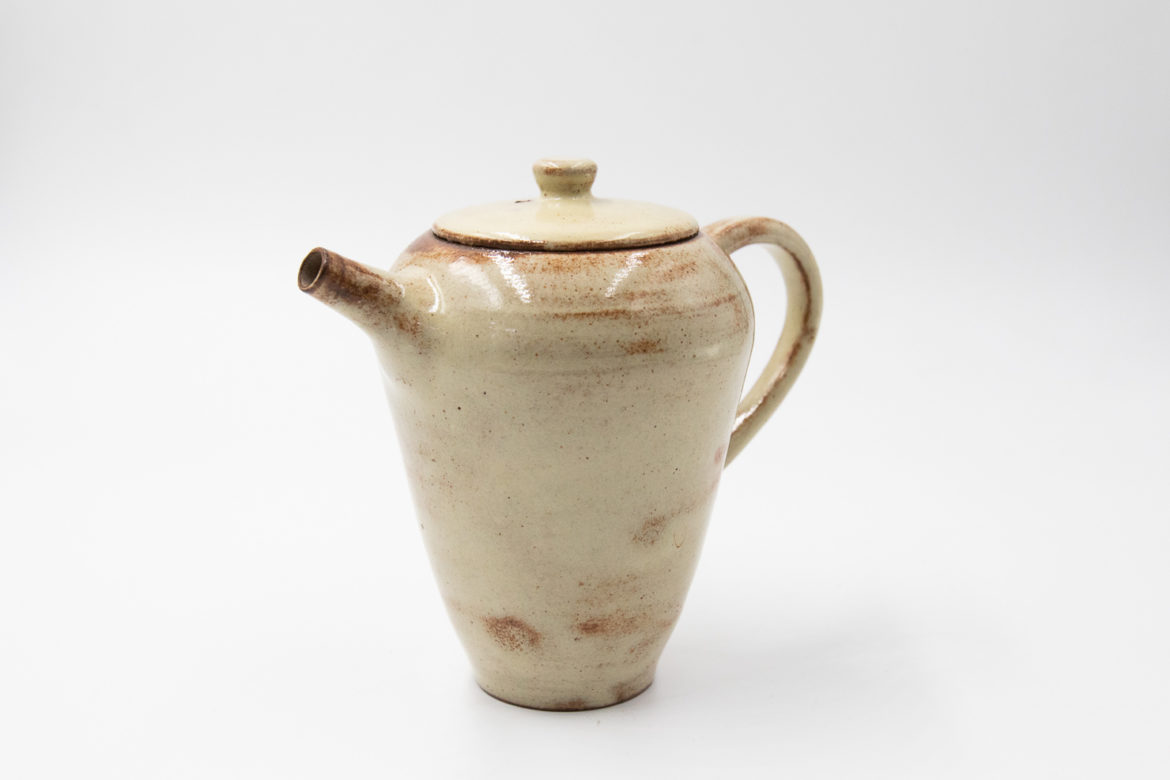
Arturo Alvarez
A full-time artist dedicated to original teawares, Arturo Alvarez is based in Olympia, Washington, and crafts art in a range of styles and expressions. We commissioned Alvarez for our office tea set at Sprudge Studios (we’ll be serving tea there this week as part of the Tea Week fun), and follow his regular updates on Instagram, where his account @your_pencil is part of a thriving Instagram ceramics community. Perhaps his most distinctive pieces involve incorporating found materials, including driftwood handles made from wood found across Puget Sound beaches, but this is an artist growing and advancing his craft before our very eyes, letting it all play out online. Follow him and watch along—it feels like he’s debuting new pieces almost every day.
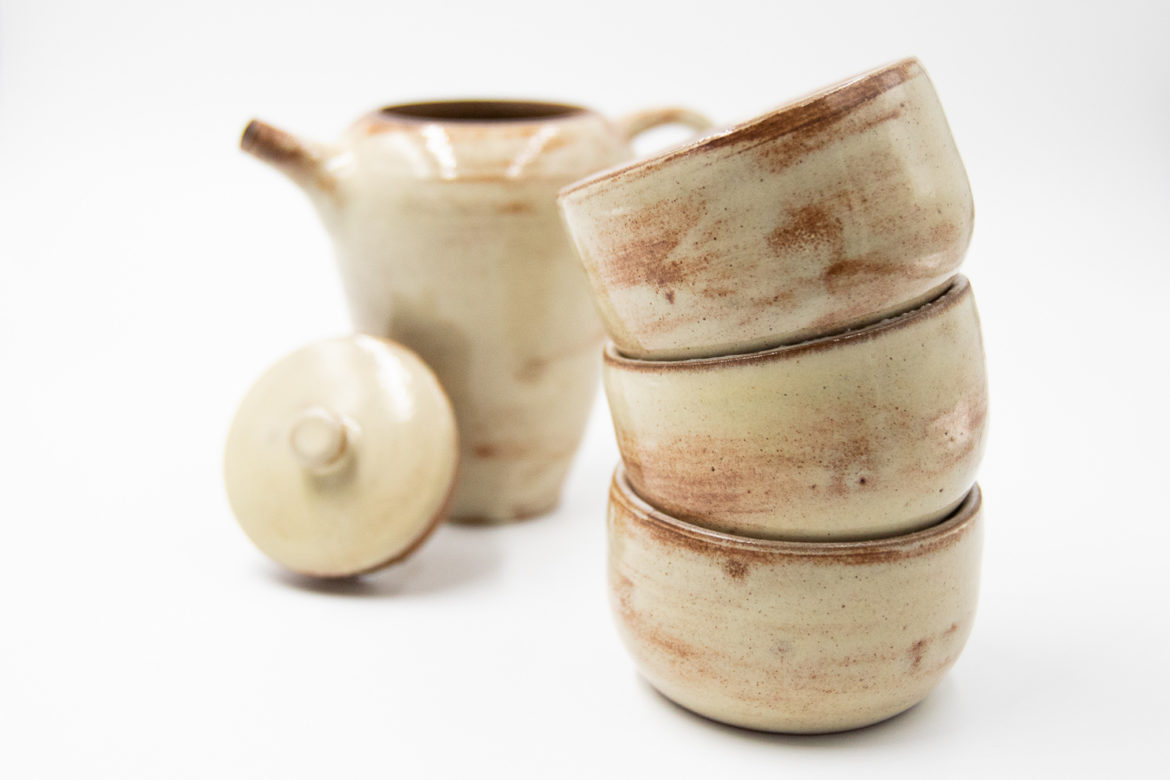
Arturo Alvarez sells a limited number of teawares online via Etsy. Contact the artist directly via Instagram for commissions or to purchase pieces featured on his account.
Follow Arturo Alvarez on Instagram.
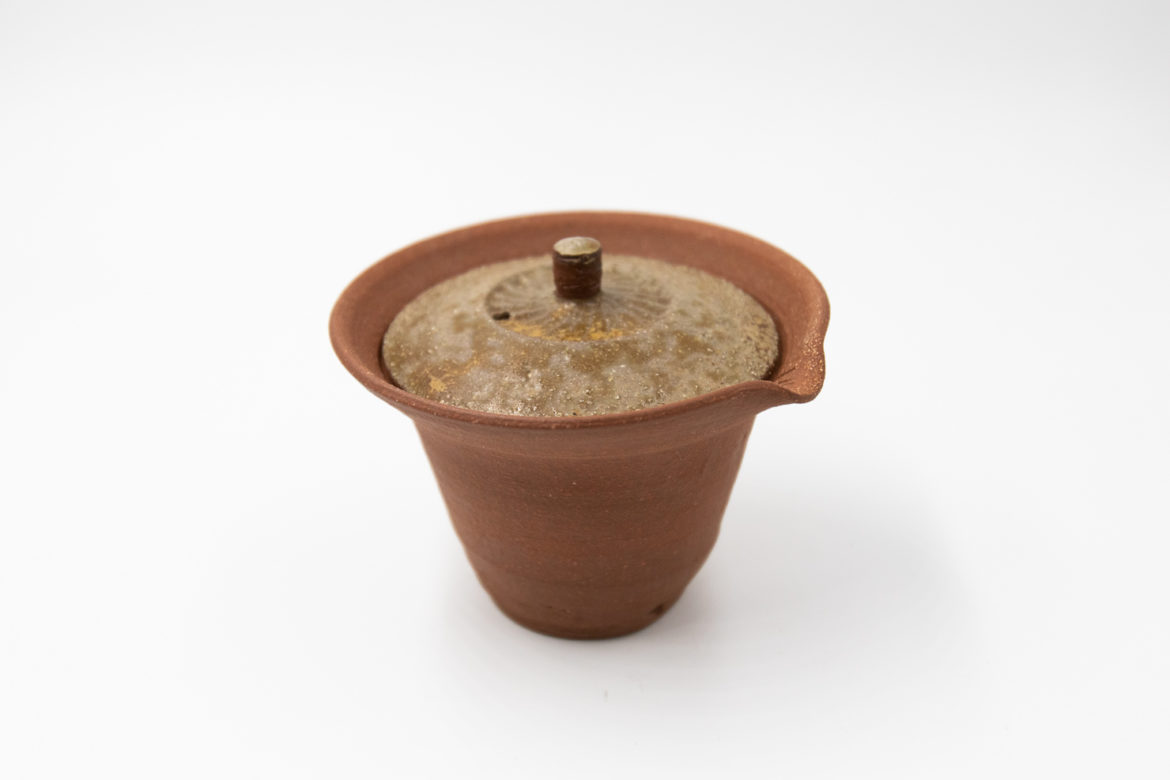
Andrzej Bero
A teaware potter out of Warsaw, Andrzej Bero specializes in the shiboridashi—a gaiwan variant that’s easy to use and, in the right hands, a piece of working art. Bero’s shibos are made from clay that feels coarse and tactile to the touch, in a range of dark reds, greens, and blues. This style translates especially well to larger pieces, like his 300ml teapots, which are hotly in demand for tea services around the world. Andrzej Bero has a website but no webstore; a limited number of his works are available for purchase via the aforementioned Pu-Erh.sk. Contact the artist directly for commissions and availability.
Follow Andrzej Bero on Instagram.
Jordan Michelman is a co-founder and editor at Sprudge Media Network. Read more Jordan Michelman on Sprudge.
Editor: Scott Norton.
Top photo by Anthony Jordan III (@ace_lace).
Sprudge Tea Week is presented by Breville USA.






